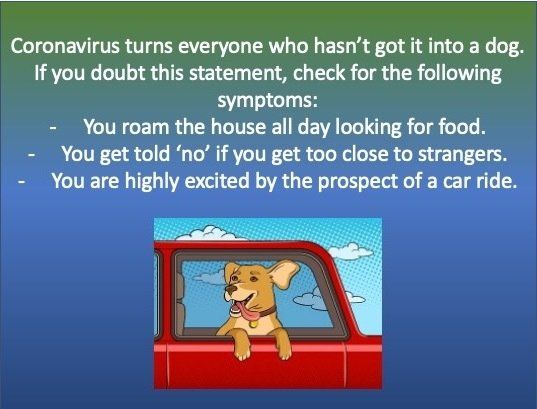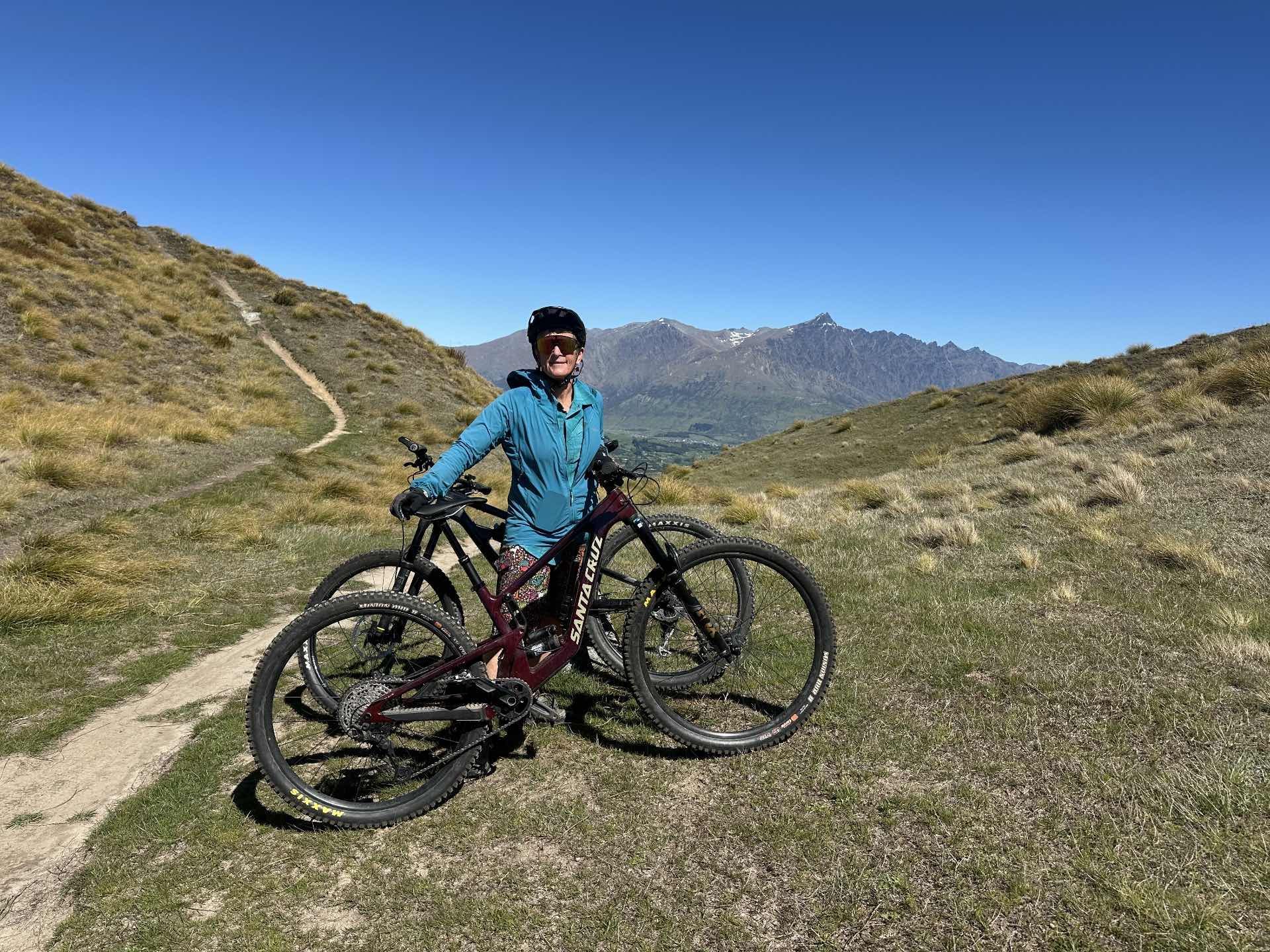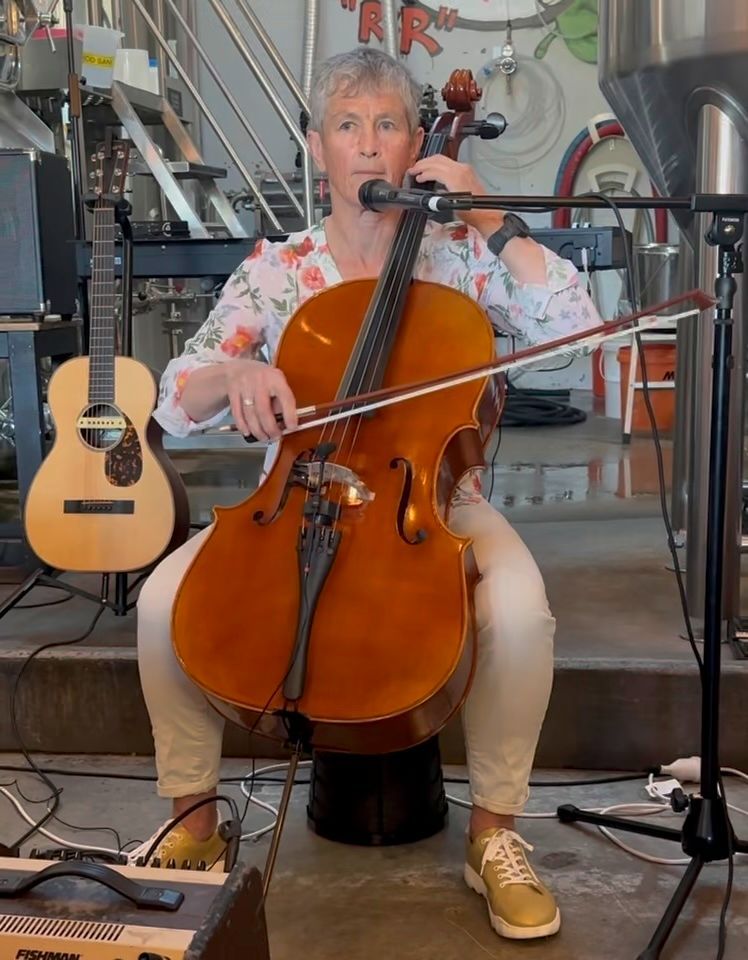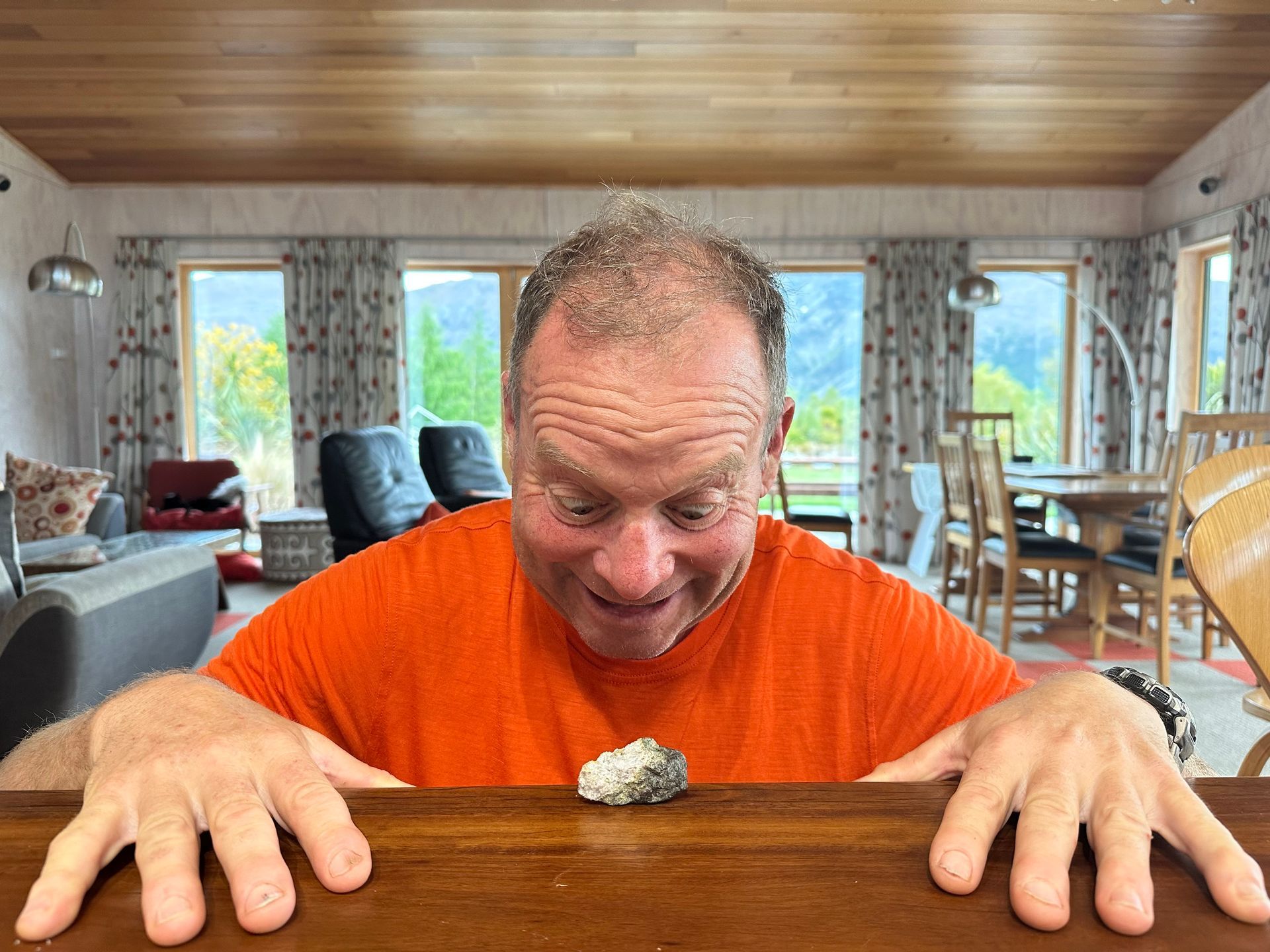Bubble fever
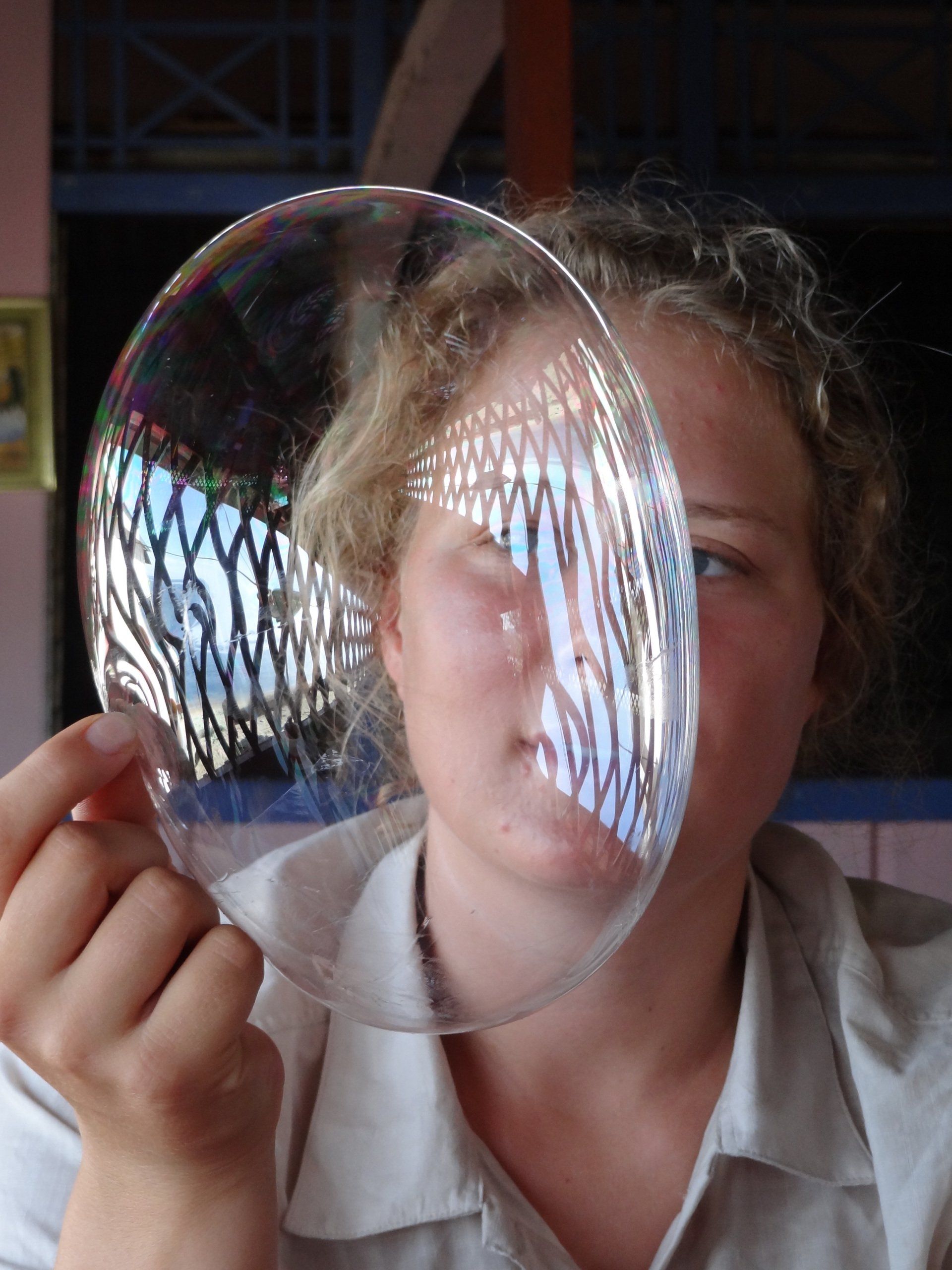
Anyone a little tired of their bubble mates yet? Hey, only another 18 days to go, at best.
Here in Gibbston, I thought it time to introduce you to an important bubble mate, who I have not yet pictured (my bad). Our mate has quite a few positives, which is why we chose to share our bubble with him. He generally has a very relaxed and placid attitude to life, it is pretty much impossible to upset him. If he is upset, he tends to just walk away, rather than engaging and escalating the situation. He always has an attractive appearance, which is no bad thing when you are stuck with a mate 24/7 – there’s no way he would be caught in pyjamas at noon (though you might find him associated with a dressing gown, but only a fine one). He is always dressed well; I couldn’t say that he changes the way he dresses very often, but how he dresses helps him to look continuously fine. He is pretty religious with his hygiene too, another important factor for someone with whom you are in close quarters. He does have one failing in this regard, his oral hygiene could definitely improve and his bad breath can be somewhat shocking.
Our mate is quite sociable much of the time, and quite tactile, also important in stressful times. However, he does have some terms around his sociability, and if you want to be sociable when he doesn’t, he will generally depart rather than sticking around to meet the needs of others. He is very keen on exercising regularly and doesn’t require reminding to take himself out of the house. He is also very regular about when he gets up, goes to bed, and sleeps – routine is such an important aspect of a successful isolation.
One of our mate’s definitively less excellent qualities is that he is not so clean and tidy around the house. He has a tendency to drop things, in everyone’s rooms, and he never cleans up after himself. You know how annoying that can be when there’s nowhere else to go; it should be everyone’s job to tidy up their own mess. He also has a few really poor habits, that are somewhat embarrassing for me to tell you about. For example, he is often to be found licking his nether regions. I mean, really, here we are all washing our hands religiously and regularly, and he is licking his rear end? We also have to stop him drinking from toilets, which requires keeping the toilet lid down at all times. This is just a complete no-no, be it in a COVID-19 or non-COVID-19 era, and totally shaming if guests come around (not a current problem).
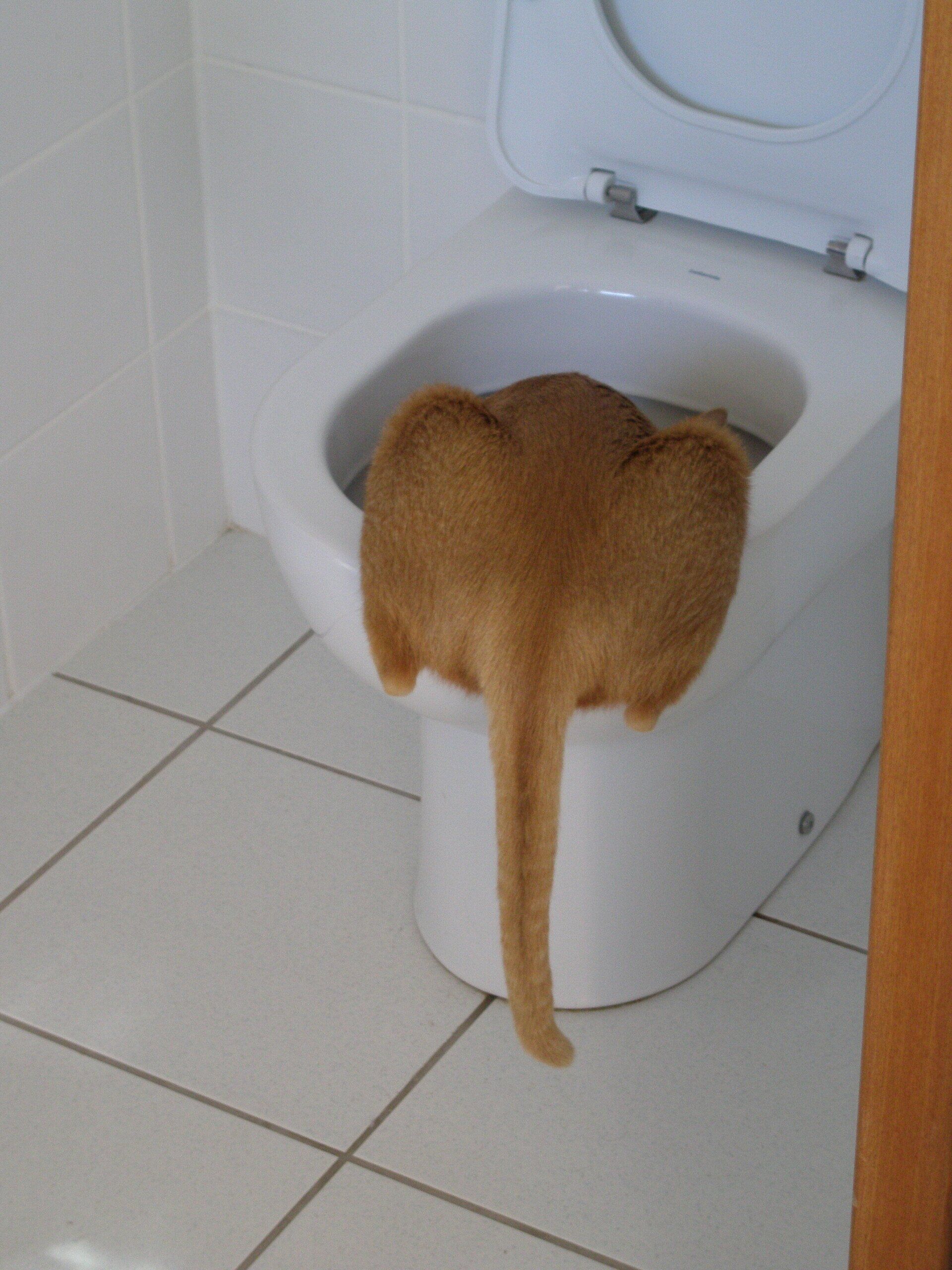

On a more scientific bent, I would like to make mention of the clinical trials software that my cousin Audrey, of Spiral , designed and which is being used for some critical trialling of drugs to alleviate pneumonia, with COVID-19 sufferers now specifically being included. This trial, ‘REMAP-CAP’, has over 50 participating sites across 13 countries and recruitment of COVID-19 patients is rapidly being scaled up. What is special about this software, and the type of trials that it facilitates, is that it can simultaneously evaluate a number of treatment options and shift focus into the better options, removing the poorer options as the trial goes on.
For a new pharmaceutical, or new application of an existing pharmaceutical, clinical trials in people must be carried out to check whether the pharmaceutical does what it is intended to do, in this case, can drug X reduce the impact of pneumonia in a patient. Normally one drug is tested at any one time, and the whole trial must run to the end, with statistics then being applied to the data to figure out whether the drug was ‘efficacious’ i.e. had a positive effect on recovery of the patient. In this new type of trial, we get knowledge on what works as the trial goes on; in fact the trial method was being specifically developed to be responsive in an epidemic.
Note that clinical trials in people happen a long way down the drug development track; the start of the process is often computer modeling, then animal trials, then trials of safety in humans, and finally trials of efficacy in humans. Those are some of the reasons why bringing a medicine to the market takes such a long time, and so much money (average cost of getting a new medicine to market is $1.3 billion, timeframes can easily be 10 years from drug discovery).
The focus in terms of drugs to assist treat critical COVID-19 patients is taking existing drugs, which we know are safe in humans, and seeing if they can address COVID-19 symptoms. This takes a huge chunk of time and money out of the development process. In addition, if the drugs are already in manufacture for a different condition, it takes time and money out of the scale-up to manufacture process – another huge time and money sink. Having a drug that works on people is only part of the picture, you also have to be able to manufacture it efficiently and cost-effectively.
A number of existing drugs are currently being trialled for treatment of COVID-19 patients. Here are some of them:
- Anakinra – this drug is a corticosteroid and an immunosuppressant, which is being trialled (including in REMAP-CAP) to counter the ‘cytokine storm’ seen in severely ill patients, where the body’s immune response goes into hyperdrive and attacks major organs.
- Avigan – Japanese flu drug which seems to shorten duration and severity of virus. 340 people have been treated with it to date.
- Chloroquine & hydroxychloroquine – used for treatement of malaria, rheumatoid arthritis, lupus. Preliminary work in cell lines suggests might disrupt viral replication. However interaction with other drugs can result in heart arrythmia and these drugs stress kidneys. REMAP-CAP includes hydroxychloroquine.
- Remdesivir was tested on Ebola to reduce viral load and didn’t work, but has been proven safe. Five clinical trials are underway but none of them have shown efficacy yet. Some severe side effects including rectal bleeding, elevated liver enzymes, vomiting & nausea.
- Kaletra – combination of lopinavir & ritonavir, used to reduce viral load in HIV. There is no evidence of this therapy being efficacious in trials to date; it is one of the REMAP-CAP treatments (and another is Kaletra combined with hydroxychloroquine).
- Losartan – generic blood pressure medicine with multiple avenues by which it might act to prevent multiple organ failure and prevent infection. Two trials launched. Contrary evidence regarding how it acts means it could actually increase the ability of the virus to infiltrate cells!
- Macrolide antibiotics e.g. azithromycin – these drugs have anti-inflammatory and immunomodulatory properties that could reduce the cytokine storm response. REMAP-CAP has been trialing two courses of macrolides, 3-5 days and 14 days, to see whether different durations have an impact.
All of the above drugs work on the human body to do things that might help reduce viral load, or treat the effects of the virus. However, there are so many unknowns, such as:
- Are the drugs effective at all?
- What timing of administration might make the effective/more effective – do you need the drug before you are symptomatic?
- What doses are most effective?
The above are the types of things that will be figured out in clinical trials, and it will be possible for drug authorisation agencies, such as the US FDA, to approve emergency use of the drugs for patients who won’t survive otherwise. More knowledge of the drugs will thus be gained, in another set of ‘action research’ type experiments. Hopefully the result will be people recovering, while we learn how to treat severely ill COVID-19 patients, and reduce the impact of those patients on our ability to provide medical assistance to all.
The good news of this afternoon was, everyone’s favourite Director General of Health saying that New Zealand might be getting towards peak COVID-19 case load, as our testing ramps up but our numbers of new cases remains static. From 26 March, Day 1 of Level 4 lockdown, the number of new cases has bounced around between about 60 and 90 but we have not seen the exponential rise in new cases experienced by many countries. It seems like a major that Ashley Bloomfield would dare to say anything, because the risk of disappointment as a result of an incorrect statement will be huge. We also have to remember that, if we get things under control in country, we won’t be wanting to welcome a lot of potentially infected foreigners any time soon. However, maybe there really is domestic hope at the end of the Level 4 tunnel.
